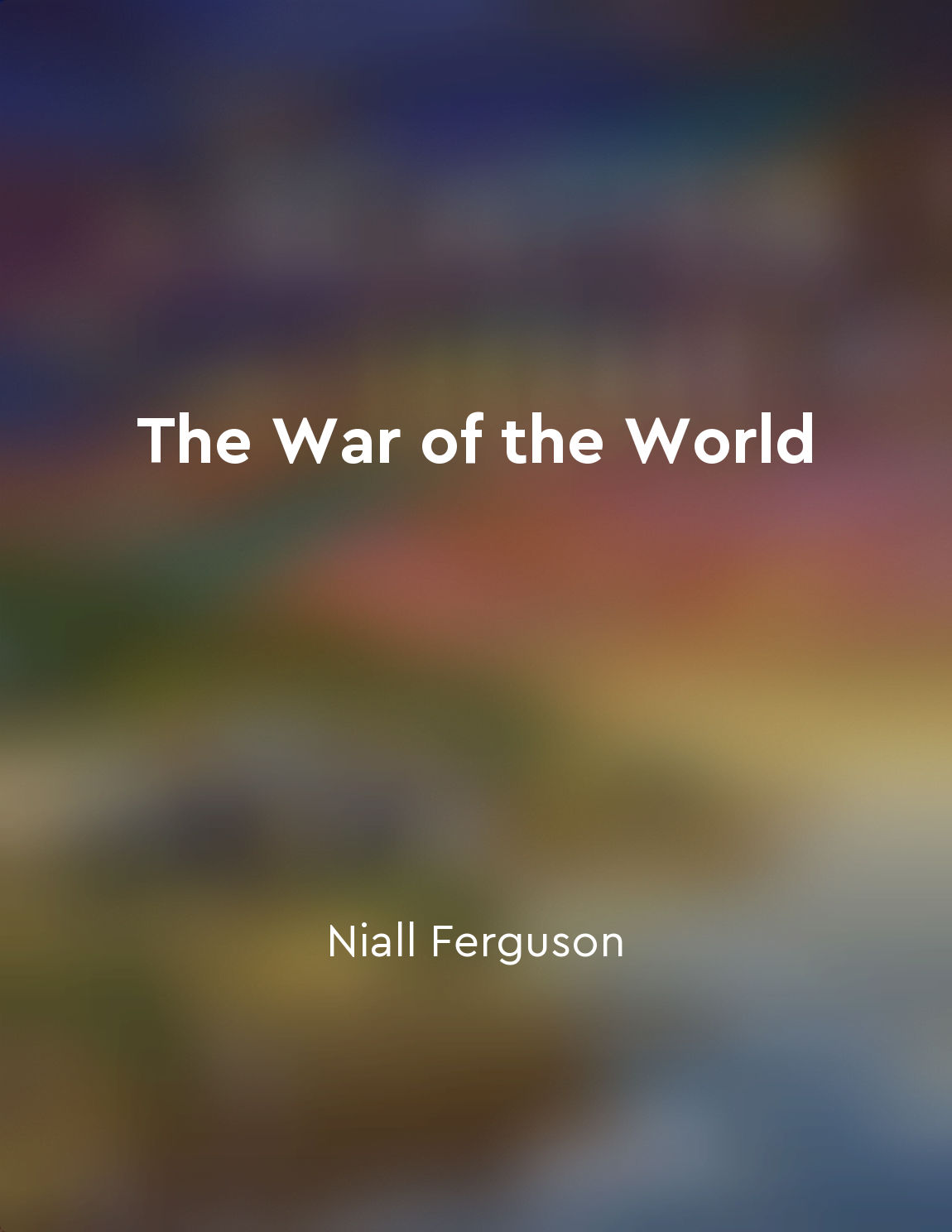Arms control agreements sought stability from "summary" of The Cold War by John Lewis Gaddis
Arms control agreements were a critical component of Cold War diplomacy. The goal was not just to limit the number of weapons in the hands of potential adversaries, but also to establish a sense of stability in the international system. By imposing constraints on the development and deployment of nuclear weapons, these agreements aimed to reduce the likelihood of a catastrophic conflict between the United States and the Soviet Union. The logic behind arms control was rooted in the recognition that both superpowers possessed the capability to destroy each other many times over. This mutual assured destruction created a precarious balance of power that could easily be upset by miscalculation or misunderstanding. By negotiating agreements that limited the size and scope of their arsenals, the United States and the Soviet Union sought to prevent an arms race that could spiral out of control. At the heart of arms control agreements was the concept of deterrence. By demonstrating a willingness to limit their own capabilities, both superpowers hoped to signal to each other that they were not seeking to escalate tensions or provoke conflict. This was particularly important given the high stakes involved in a potential nuclear exchange. The specter of mutually assured destruction served as a powerful incentive for both sides to negotiate in good faith and abide by the terms of their agreements. Despite the inherent tensions between the United States and the Soviet Union, arms control provided a rare opportunity for cooperation and dialogue. By engaging in negotiations over such a sensitive issue, both superpowers were able to build trust and establish channels of communication that could be crucial in times of crisis. While arms control agreements were not a panacea for all the problems of the Cold War, they did offer a measure of stability in an otherwise volatile international environment.- Arms control agreements played a crucial role in managing the risks of nuclear confrontation during the Cold War. By seeking to limit the destructive potential of their arsenals, the United States and the Soviet Union were able to establish a framework for stability that helped to prevent the outbreak of a catastrophic conflict. While tensions between the superpowers remained high, arms control provided a mechanism for dialogue and cooperation that helped to mitigate the risks of a nuclear war.
Similar Posts

Technology has created new ways of waging war
The advent of technology has fundamentally transformed the nature of warfare. Throughout history, advancements in technology ha...
The US had a policy of first use of nuclear weapons
The U.
S. government had a clear and explicit policy when it came to nuclear weapons: they were always to be the first to use ...
Fall of Berlin Wall symbolized end of Cold War
The collapse of the Berlin Wall in November 1989 marked a turning point in the history of the Cold War. This concrete barrier h...
Arms race strained global resources
The competition between the United States and the Soviet Union during the Cold War manifested primarily in the form of an arms ...

